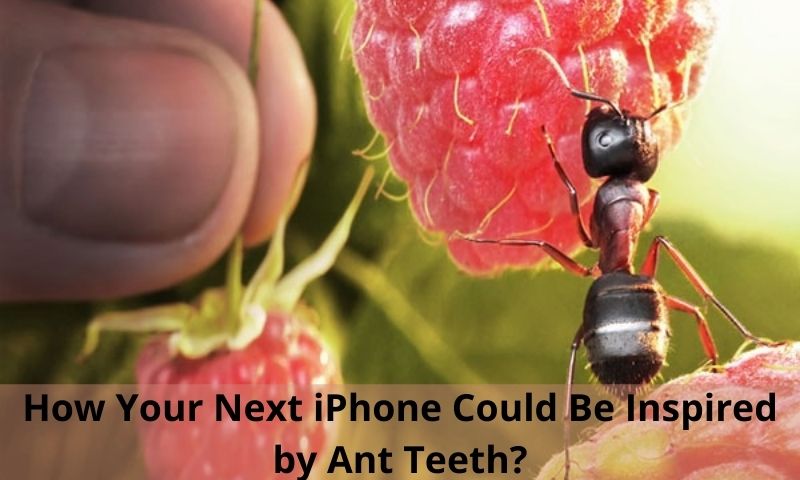You might be wondering what inspires engineers to build your iPhone or that gadget you use to read books. Yes, they are most certainly inspired by bizarre things including… Ant teeth.
Ants are one of the world’s greatest nibblers, and yes, these tiny insects have teeth, or else, what will they use to chew on foods that are way bigger than them?
To keep consumer electronics shrinking in size, engineers need to build tiny yet tremendously strong instruments to use in the gadgets’ construction. According to science, ants’ teeth are thinner than a strand of human hair, despite that, it is enough to cut through sturdy leaf particles without having to take any damage.
Recommended Read: T-Mobile’s Promotes “$0 Down For All” Promo After Disastrous Data Breach
According to biology, it all has to do with the teeths’ even arrangement of zinc atoms, which allow for equal distribution of force each time the creatures crunch on something. That feature of ant teeth could one day be applied to human-made tools, according to research.
Abstract from the research says, “we measured hardness, modulus of elasticity, and, for the first time, loss tangent, the energy of fracture, abrasion resistance, and impact resistance of zinc- and manganese-enriched materials from fangs, stings and other “tools” of an ant, spider, scorpion and nereid worm.
The mechanical properties of the Zn- and Mn-materials tended to cluster together between plain and biomineralized “tool” materials, with the hardness reaching, and most abrasion resistance values exceeding, those of calcified salmon teeth and crab claws.”
“Having the uniform distribution, essentially, is the secret,” said Arun Devaraj, a senior research scientist at the US Department of Energy’s Pacific Northwest National Laboratory and author of a study on the composition of ant teeth published Wednesday in the journal Scientific Reports. Ants “can even cut human skin without breaking — it’s hard to even do that with our own teeth.”
Applying the theory of evenly spread atoms – zinc, or other elements – to instruments and tools that build human technology could offer miniature tools plenty of benefits.
They would be more affordable because a larger amount of costly, stronger components won’t be needed. They’d also be more efficient due to the fact that less force would be required during use.

